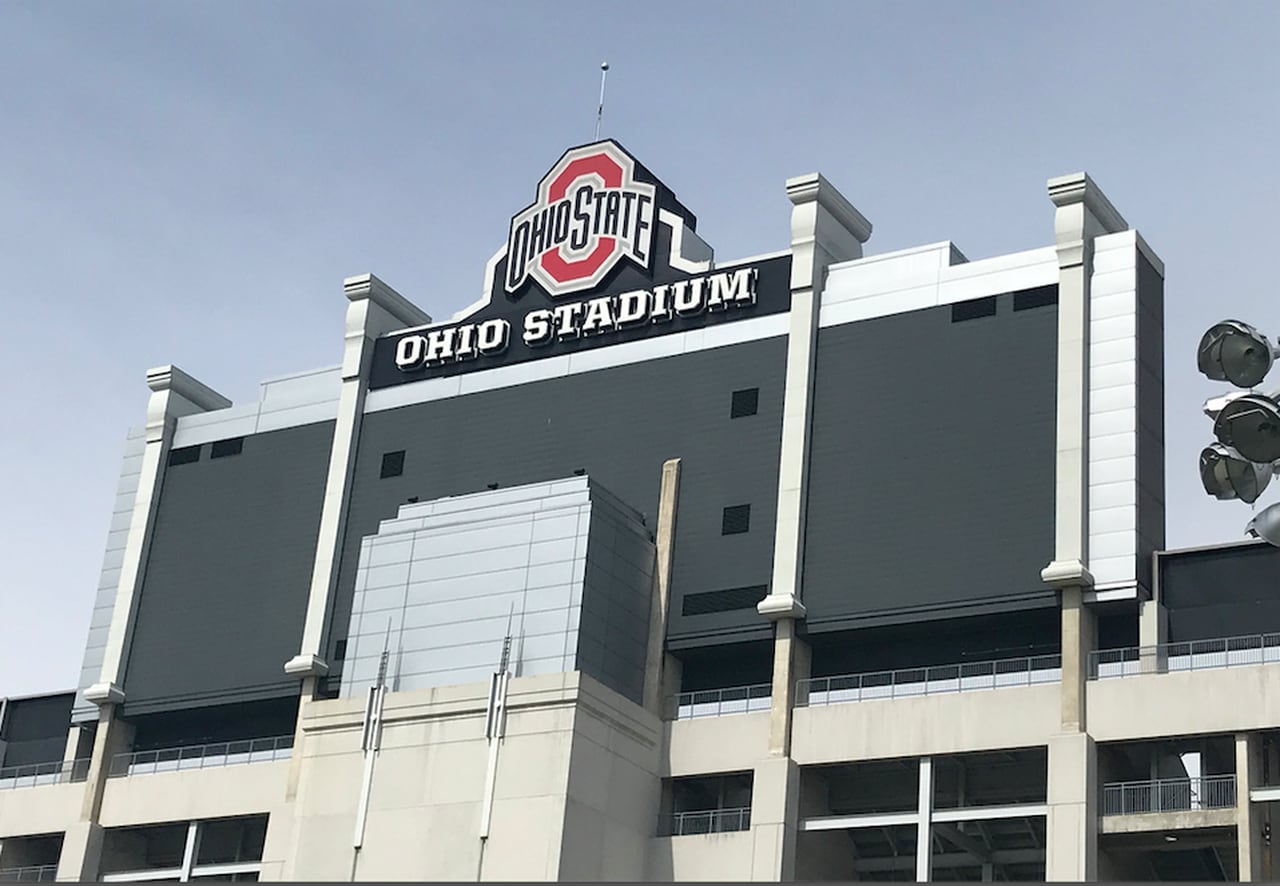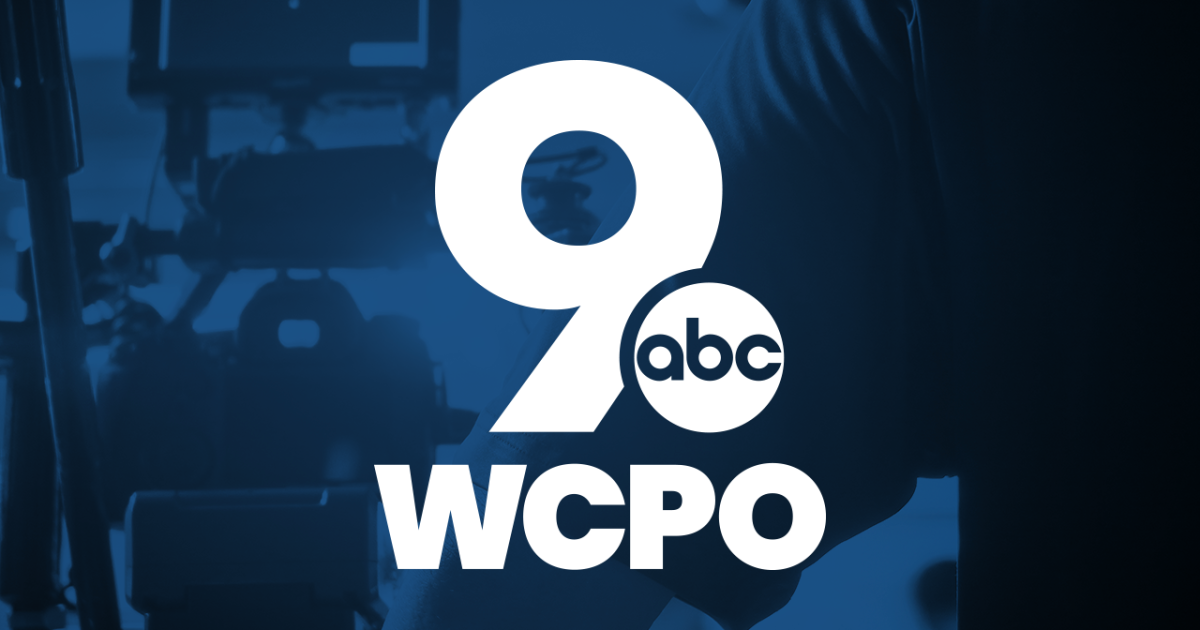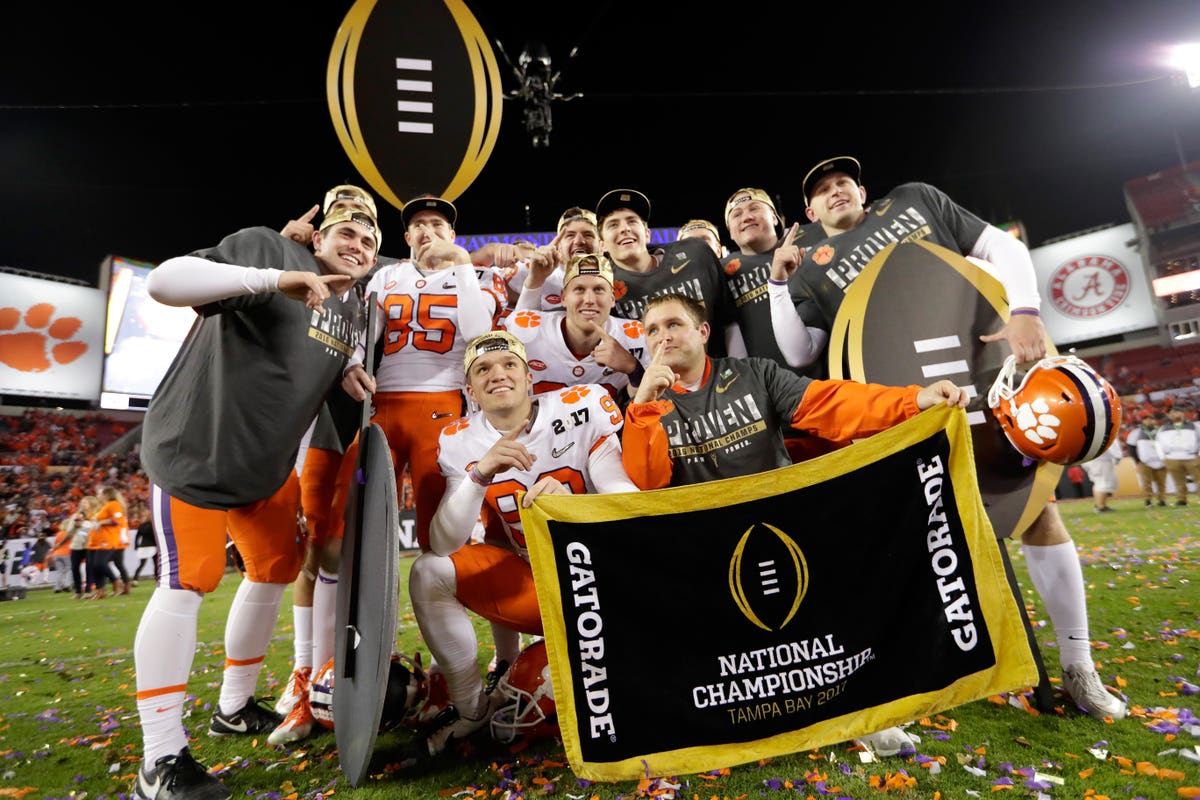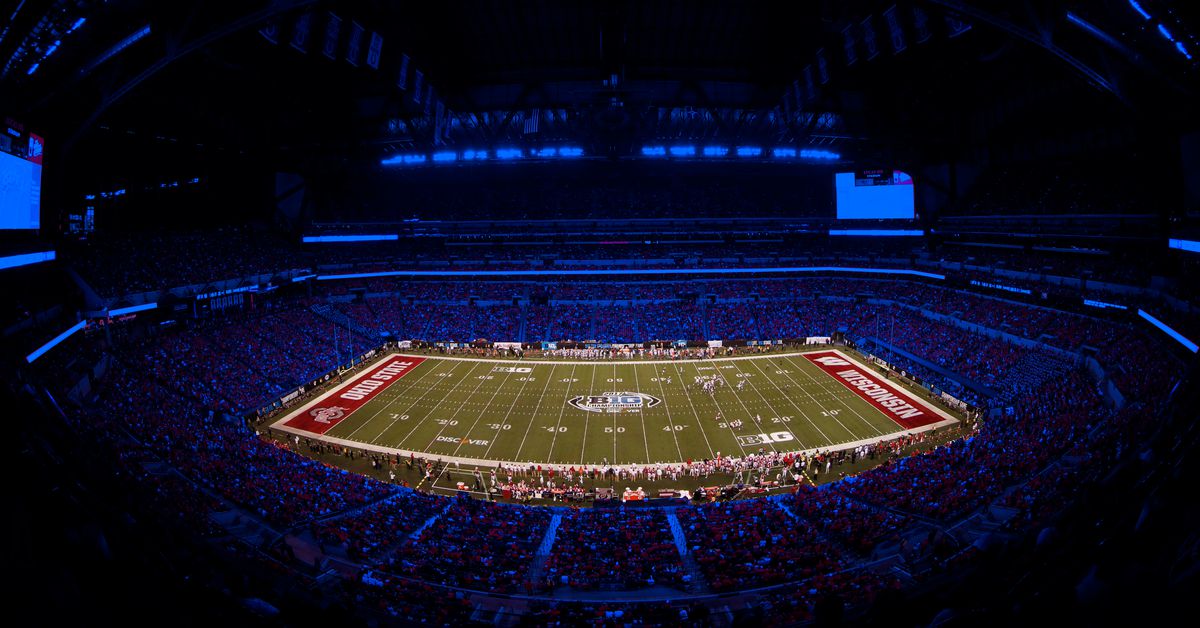AZ_
Hall-of-Famer
- Joined
- Dec 6, 2007
- Messages
- 40,678
- Reaction score
- 51,344
- Points
- 148
Well, yes.
So here's something that might shock most people in here. OSU's athletic department LOST money in 2018-19. Yes, despite making over $200 million in revenue, they spent more than they earned. This is the catch-22 for the college football and basketball programs across the country and the athletes calling for pay.
While they might be making a lot of money, they're re-investing literally all of it into coaching, staff, recruiting, travel, and building world-class facilities that allow the player to evolve as a student-athlete and the sport to generate money. Sports are a marketing tool for a university, and most lose money overall on sports. OSU didn't lose much, but it's still hard to believe that an athletics program that brings in as much money as OSU would still lose money.
This further illustrates the problems even for other Big 10 schools that don't bring in the same kind of money as OSU.

Ohio State athletics lost money in 2018-19: How much? Why two reports show different numbers
Ohio State's required Equity in Athletics Distributions Act report to the NCAA showed a $10 million deficit between revenue and expenses. The school says that is due to an interpretation of how funds are accounted only on that report.www.cleveland.com
These are the athletic numbers from OSU for 18-19 from USA Today:
USA TODAY
sports.usatoday.com
Ticket Sales: $59,847,907
Contributions: $29,681,048
Rights/Licensing: $93,919,737 (TV Money, apparel, etc.)
School Funds: $41,472
Other: $27,058,075
Total Revenue: $210,548,239

Ohio State athletics will not be immune from budget cuts hitting Big Ten because of COVID-19
Ohio State athletic director Gene Smith said social distancing requirements might result in a limited capacity of 20,000-50,000 this fall. How would OSU handle that loss of revenue?www.cleveland.com
So take away at least $55-60 mill from the athletic budget with no fans right off the top. I would have to guess that given the current circumstances, apparel sales take a massive hit with no fans in the stadium and the economic state of the country.
If you want the greater culprits, look no further than the coaching and support staffs:
So, $77,000,000 on coaches and support staff in athletics, a number that won't change this year according to Smith.
There's a lot of other factors in play for the 2020 fiscal year as well. This was OSU's 2020 budget:
Read through it if you'd like. It'd shed a great deal of light on why these Presidents are in such a difficult situation.
The main point being, OSU's projected revenue was $7.5 Billion and projected expense was $7 Billion. Everyone leaves wiggle room in their budget, but it still has to be spent by the end of the year. Keep in mind, this is not only reflecting the Columbus campus, but this includes the total budget for all four regional campuses as well.
I have not seen numbers for enrollment yet, but I would have to assume out-of-state and international numbers will take a big hit, which will result in a big reduction of tuition dollars.
The state of Ohio contributes money to every public university in the state. In May they had to trim their budget and part of that involved contributions to universities.

Ohio university system gets a $76.7 million budget cut
All public universities and community colleges in the state of Ohio will take a 3.8% budget cut for the remainder of the fiscal year, the Ohio Department of Higher Education announced Wednesday morning.www.wcpo.com
It doesn't totally work like this, but technically speaking, the loss of money from the state and the likely drop in enrollment would probably be enough to shut down at the very least two if not all four of the regional branches.
Not to get repetitive in this discussion, but a few days ago I outlined how collegiate athletic departments attempt to show losses in an effort to keep this system alive and well.
There is no logical reason to believe these athletic departments aren't raking in money through the various accounting practices I laid out earlier.

The Biggest Misconceptions About The Finances Of College Sports
You know there's big money around college sports, but do you really understand the business of college sports?
 www.forbes.com
www.forbes.com

Be skeptical when big college athletic departments act broke
Official numbers need to be taken with several grains of salt.
The business of college football and basketball see hundreds of millions, even billions of dollars flowing through every year.
For us to claim that this practice isn't profitable for collegiate athletic departments, as they continue growing and expanding this business and further monetizing that business in various other ways, would be a crazy endeavor.
Looking at financial statements alone will never tell us the true story of profitability and health. The same is true for any business, really.